
With the design and the colors always wanted to penetrate a little more conscience of the world and of men, for this understanding in the release a little more every day. (Picasso in MARQUÉS, 2007, p.48)
With the fair and revolutionary thought, the Spaniard Pablo Picasso (1881-1973) He did not hesitate to express, through art, your feelings about a troubled period, marked by conflict as the Spanish Civil War, the occupation of France, the German troops, and the world wars. His innate talent, that emerged already in childhood, made it clear the field and insight about the colors and the shapes, that would transform Picasso in one of the greatest exponents of 20TH century art. His genius would change forever the paradigms of modern art.
After seven years, Picasso started in the world of Painting, through his father. At 14, It's been academic works and, the quality of your work first establishing himself at sixteen, with an honorable mention in the National Exhibition of fine arts and a gold medal, in your city, Malaga.
Their Art, complete, offered the desassossegos of your time and your life; evolved in the stroke and color, until you get to pure Art, free patterns and the accuracy of the form. Until adolescence, It can be said that its work remained figurative. Between 1901 and 1904 (Fig. 1), Blue phase, were clear the feelings of abandonment, the solitude and poverty, through the use of color and of the expressions of the characters depicted. To this phase, attributed facts that would mark the artist's life forever: the loss of his sister eight years, Concepción and the suicide of his friend Art. From 1904 to 1906, the passion for Fernande Olivier led to inaugurate phase Rose. The abundant use of red and pink, the portrait of circus characters, like acrobats, Harlequins and dancers were the most remarkable traits of this phase. During this period, already installed in Paris, Picasso worked tirelessly; and met a group of intellectuals, among them André Breton (1896-1966), the writer Gertrude Stein (1874-1946) and Guillaume Apollinaire (1880-1918).
But the evolution of his work still suffer influence from a trip he had made to Andorra and the contact he had with the Greek Arts, Iberian and African. The African Period or Protocubismo, How was named their production, between 1907 and 1909 (Fig. 2), Open field for a new form of representation. This phase, one of the most important works of Picasso, Les Demoiselles D'Avignon 1, from 1907, shows clear influences of African masks, in the faces of two of the women portrayed. The unconcern with the form emerged already in the rectilinear format of women's bodies. Shrouded in a kind of veil, Paris Street prostitutes do sexy poses, with their slender bodies, in shades of pink and appear to move slowly.
But the straight lines and elongated forms of Les Demoiselles D'Avignon If stressed and Cubism matured. Next to Picasso, Georges Braque (1882-1963) stood out in style, that later involved other names like Juan Gris (1887-1927), Fernand Léger (1881-1955), Jean Metzinger (1883-1956), Marcel Duchamp (1887-1968), Robert Delaunay (1885-1941) and Sonia Delaunay (1885-1979). The common Desvencilhada, the art of Picasso disturbed, by leaving out a reality that was distorting the known images. In looking at pacing by the work, You can see the abandonment of classical perspective for open plans, simultaneously broken down, arranged in straight lines, as if various dimensions to be displayed at the same time.
The French Art critic, of the time, Louis Vauxcelles (1870-1943) made clear its strangeness by new model, which reduced all the "small cubes" (in MARQUÉS, 2007, p.50). With origins in the work of Paul Cézanne 2, Cubism was beyond, evolved, assimilated new techniques and new materials. This evolution resulted in three phases. In the first, until 1909 (Fig. 2), There was still clear influences from the work of Cézanne. In the second, Analytical Cubism, between 1909 and 1912 (Fig. 3), You can see the decomposition of images and a tendency to monochrome. In the third, synthetic Cubism, between 1912 and 1919, Picasso and Braque began to use stronger colors and collages, with the intention of making the recognizable images, in a kind of reaction to the excessive fragmentation of the images.
And the work of Pablo Picasso still had a classical period, during the 20 (Fig. 4). Picasso left the Cubism and adhered to classical style, as a cautious measure, Once the war had provided a climate of caution against foreigners. In the 30, the contact with the surrealists led him to use the figure of the Minotaur in his works. Many engravings of this period featured erotic scenes.
His most famous known work though, was the result of the feeling of revulsion of the artist by bombing the Spanish town of Guernica, in 1936, that caused the death of hundreds of people. The indignation of Picasso's Guernica came up 3, 4, in 1937, a Panel, from 3,5 for about 8 meters, that is currently in the Reina Sofia Museum. In the image, the feeling of disintegrate, of desperation and fear, leave clear the horrors of a war. In a first plan, the monochrome painting can be understood as an icon of the idea of sadness (KANDINSKY, 2008, p. 6), for kandinsky,
Any other color, even the clearest, acquire, When on black background, a new force and liveliness. The black represents sadness deeper, It is the symbol of death. Nothing without possibilities, killed after the sun die, as an eternal silence, no hope for future.
And the symbol of death and the pain is present in the image, There are dead among the figures; a woman breaks out in despair, with a child in your arms; others seem to be screaming; a horse, power symbol, wiggling; the bull, symbol of Spain, It is also the image; in the background, the flare and smoke that seem to come out, suggest the unexpected attack. The chaos of the scene gives the impression of wonder, and maceration, Although the work causes the sensation of irrationality, its contents sounded like a protest in defense of peace. According To Picasso,
What do you believe to be an artist? A fool that has no more than eyes, If a painter; ears, If a musician; or lira in all layers of the heart, If he's a poet? Very unlike: He is at once a politician. Is an instrument of offensive and defensive warfare against the enemy ". (Picasso in MARQUÉS, 2007, p.48)
Picasso dared to expose his reflections, great way. His unique and irreverent demonstrated an awareness of rational world, calculated. The dominion over the artistic object was clear. The result was a balanced work, persuasive, Despite their wild dash. For the artist (Picasso in MARQUÉS, 2007, p.48) This was the means to say things the way you seemed more natural. The soul clear allowed his genius to remove Messalina, through art.
There is no doubt that the invention of photography 5 and its dissemination, at the end of the 19th century, were crucial to the art desvencilhasse of traditional patterns and to move forward in the manner and on creativity. Books, the artists could explore other methods of representation. Them, fit to investigate new ways to present art in its purest form. Picasso understood well that and, through his extraordinary vitality, his irreverence and his daring spirit, resigned to the formal, changing forever the history of art.
The Exhibition
Doing a compilation of these stages in the life and work of Pablo Picasso, the Instituto Tomie Ohtake, in São Paulo, brings 153 parts of the periods of the artist's life, Since its introduction to the world of Art, around 1900, their influences and formation, even the erotic stage. These works, belonging to the National Picasso Museum, in Paris, are records representing each period in the artist's life and how they expressed. Among them, There are paintings, sculptures, prints and frames, In addition to pictures of Dora Maar and movies about the production process of the artist. The shows of the Institute also has a report carried out by Dora Maar, as a witness to the realization of Guernica. At the exhibition, that is until the day 14 August 2016, in São Paulo, It is possible to identify the phases of your painting, through a chronological path. The works belong to the National Picasso Museum, one of the most important collections of the work of the artist and the exhibition is a testimony of his life and his thought.
Even a part of an object has its value. A whole new realism lies on the way one considers an object or one of its parts. (Fernand Léger in MACK, 2014, p. 323)
My dreams are your formal Knight,
My destiny shining your beautiful driver
By reins you will have tense leading to agony,
My verses, the models of all poetry.
(APOLLINAIRE, 1997, p. 31)
[divider]
[divider]
1 Les Demoiselles D'Avignon:
www.pablopicasso.org/avignon.jsp
2 Paul Cézanne:
www.paul-cezanne.org
3 Guernica:
www.sabercultural.com/template/obrasCelebres/Guernica-Pablo-Picasso.html
4 Studies on Guernica:
comunicacaoecultura.uniso.br/prod_discente/2010/pdf/Rosangela_Vig.pdf
5 Invention of photography:
www.pointdaarte.webnode.com.br/news/a-history of photography
…
Liked? [highlight]Leave a comment[/highlight]!
References:
APOLLINAIRE, Guillaume. O Bestiário ou Cortejo de Orfeu. São Paulo: Publisher Miniatures, 1997. Translation by Alvaro Faleiros.
BAYER, Raymond. História da Estética. Lisboa: Editorial Estampa, 1993. Tradução de José Saramago.
Sign up to receive Event News
and the Universe of Arts first!
CHILVERS, Ian; ZACZEK, Iain; WELTON, Jude; BUGLER, Caroline; MACK, Lorrie. História Ilustrada da Arte. Publifolha, S.Paulo, 2014.
FARTHING, Stephen. Tudo Sobre a Arte. Rio de Janeiro: Sextante, 2011.
GOMBRICH, E.H. A História da Arte. Rio de Janeiro: Editora Guanabara, 1988.
HAUSER, Arnold. História Social da Arte e da Literatura. São Paulo: Martins Fontes, 2003.
MARINS, Vânia; HAUGUENAUER, Cristina. The study of the use of colour in Educational Games. Rio de Janeiro: Available in www.latec.ufrj.br/projetomuseu/tesegamedesign/colorgame. Accessed 15 th July 2016.
MARQUÉS, Maria José But. Picasso, Geniuses of art. Barueri, São Paulo: Brazil Sunflower Editions Ltd., 2007.
SPENCE, David. Picasso, Breaking the rules. São Paulo: CLA Improvements of São Paulo, 2005.
VIG, Rosângela Araújo Pires. DA ARTE COMO COMUNICAÇÃO À COMUNICAÇÃO COMO ARTE. Comunicação, Cultura e Mídia, Uniso, Sorocaba: 2010. Available in comunicacaoecultura.uniso.br/prod_discente/2010/pdf/Rosangela_Vig.pdf Accessed 15 th July 2016.
[one_half]
ROSÂNGELA VIG
Sorocaba – São Paulo
Facebook Profile | Facebook Fan Page | Website
Columnist at Website Obras de Arte
E-mail: rosangelavig@hotmail.com
[/one_half][one_half_last]
[/one_half_last]

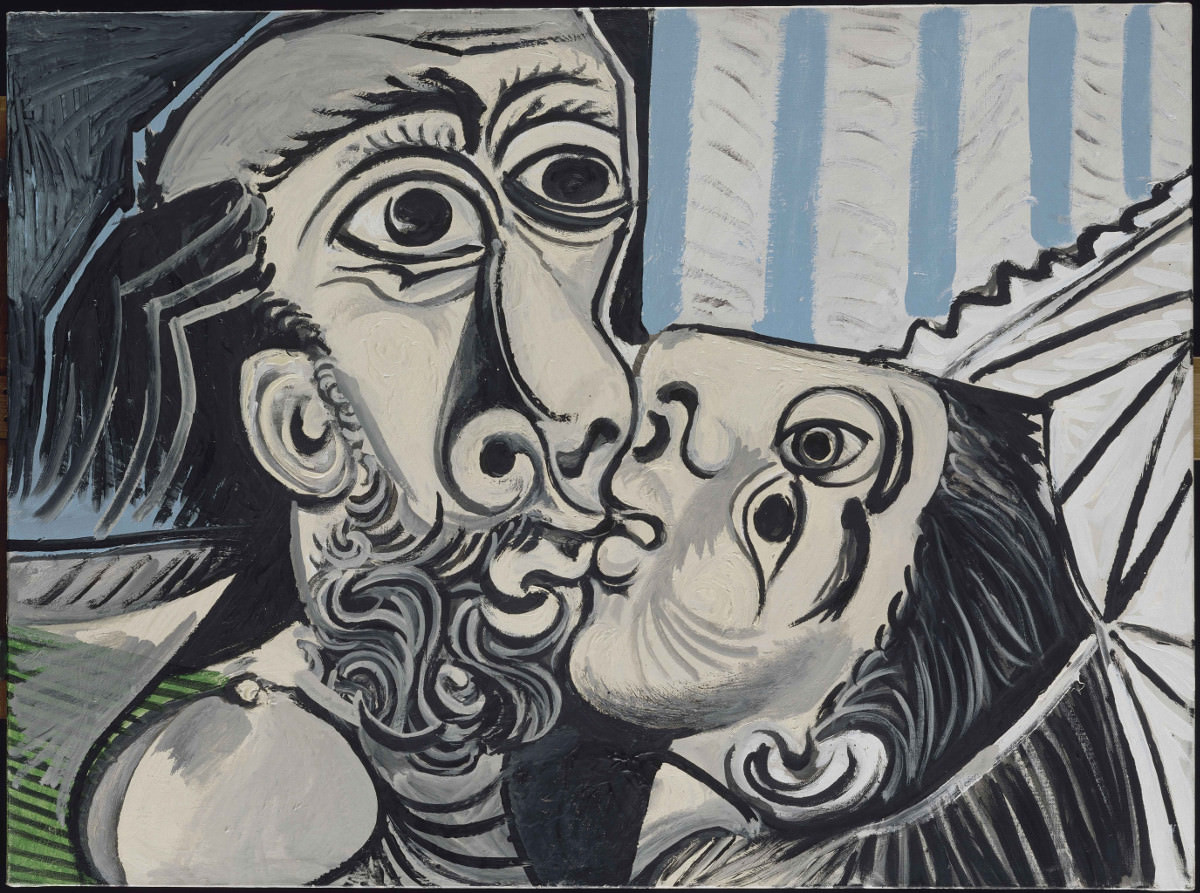
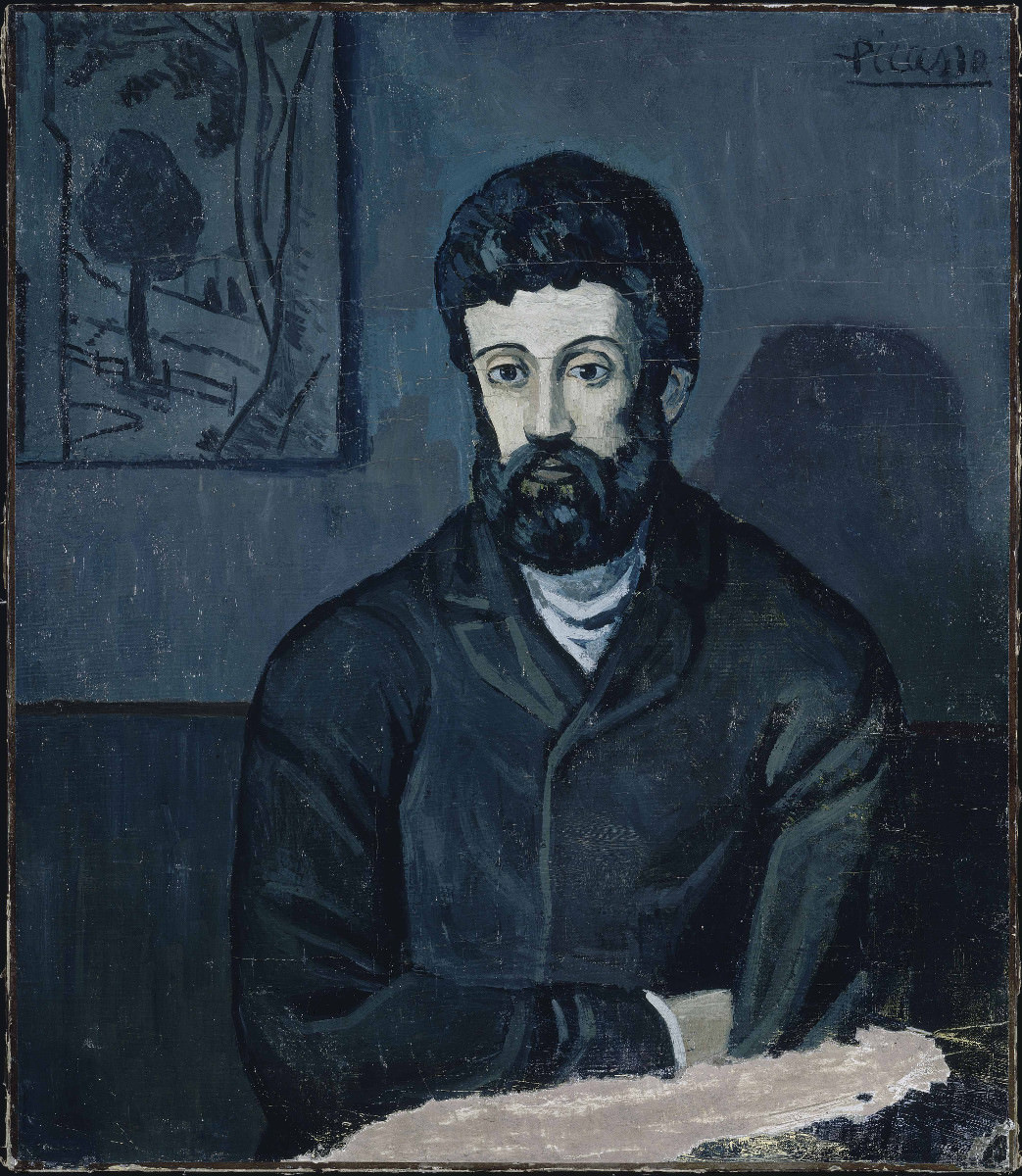
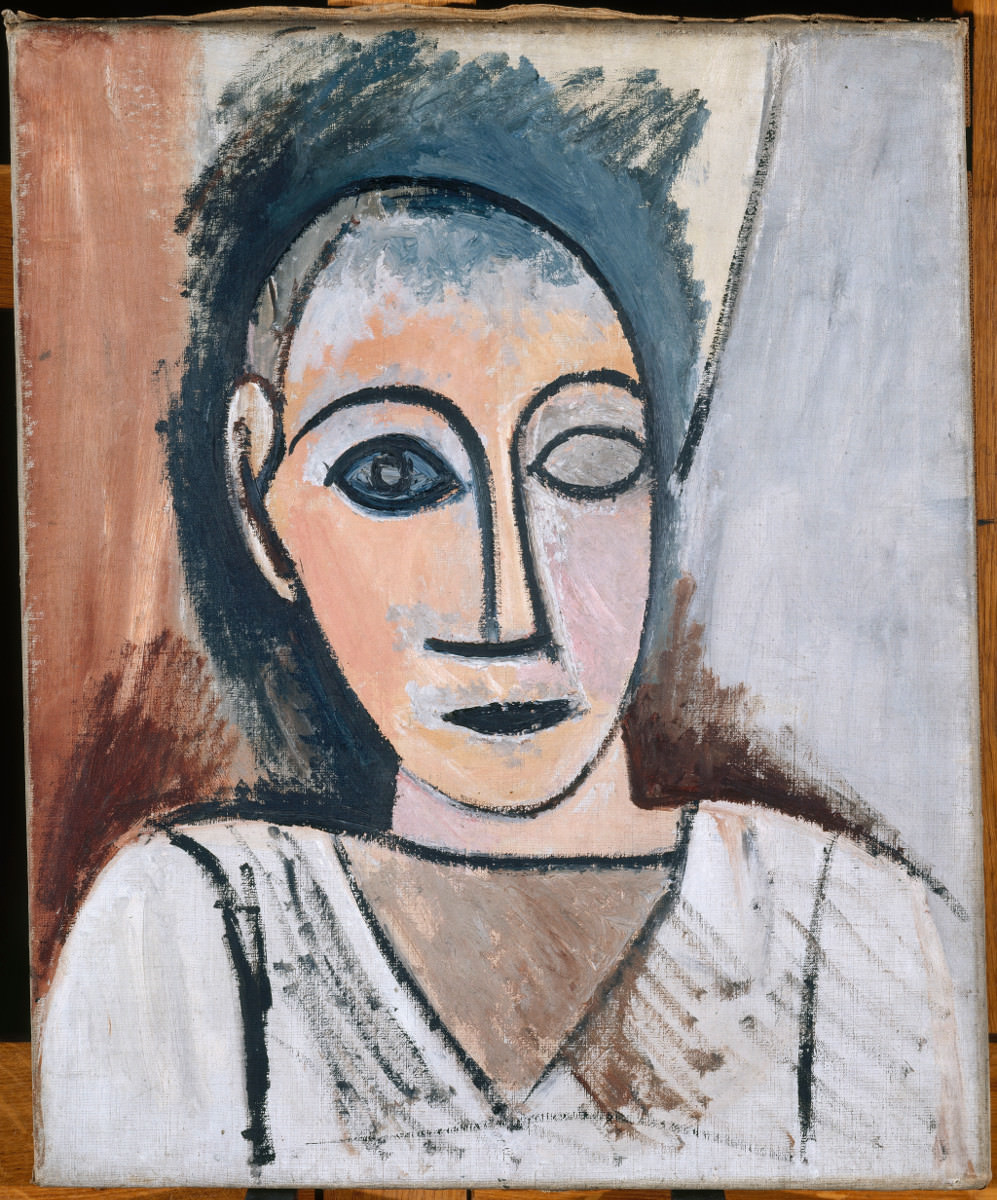
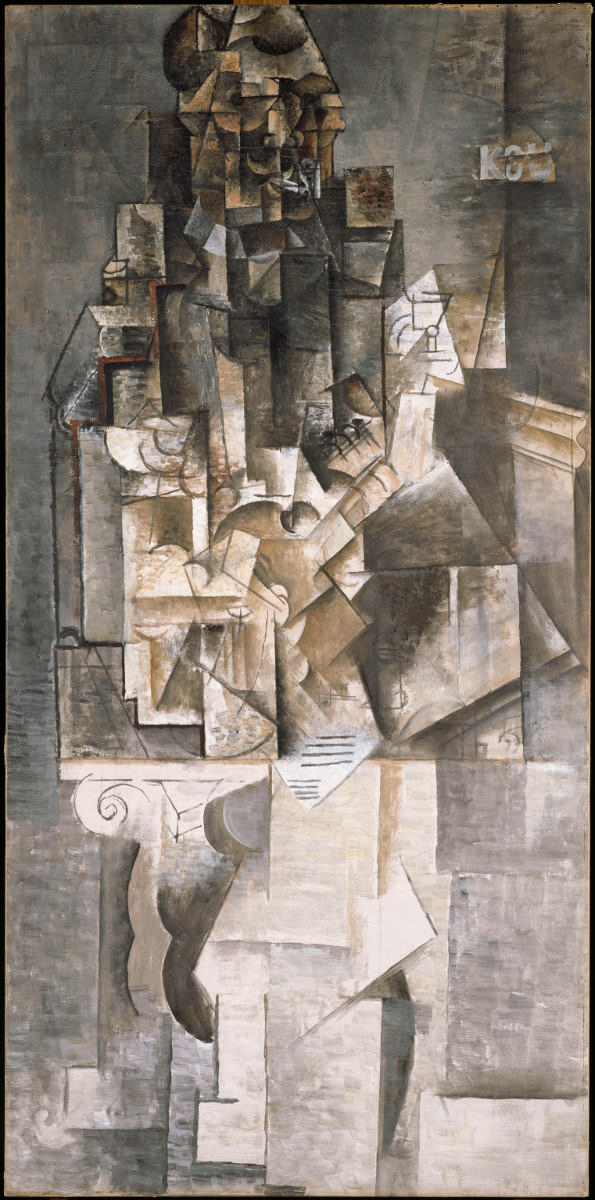

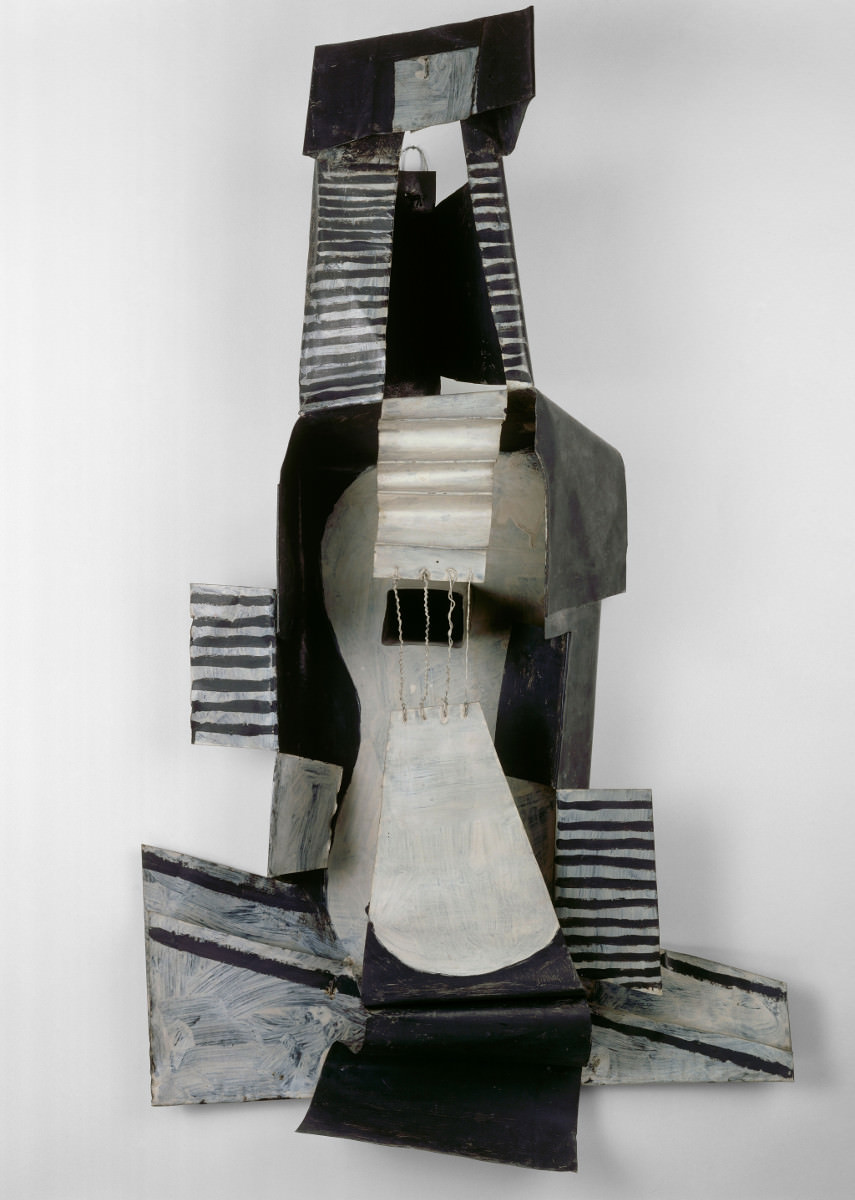


1 thought on “Pablo Picasso Exhibition: Classical hand, Wild eye Ucie by Vig”